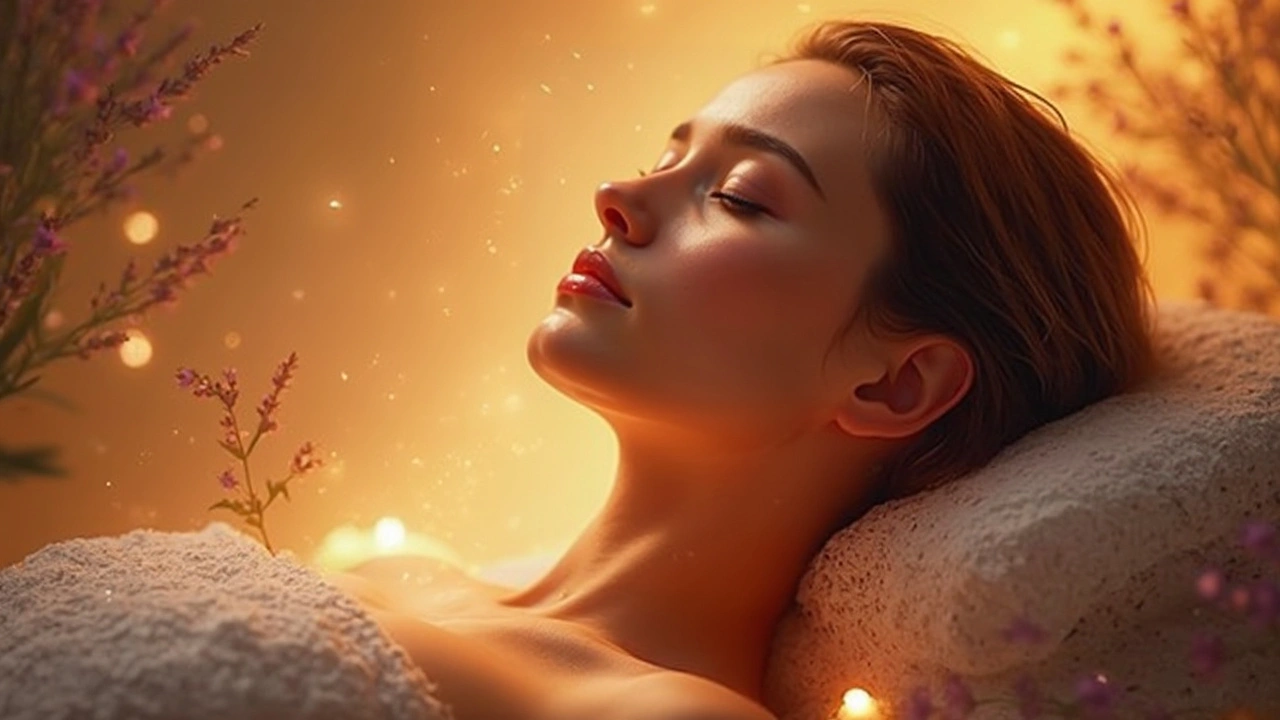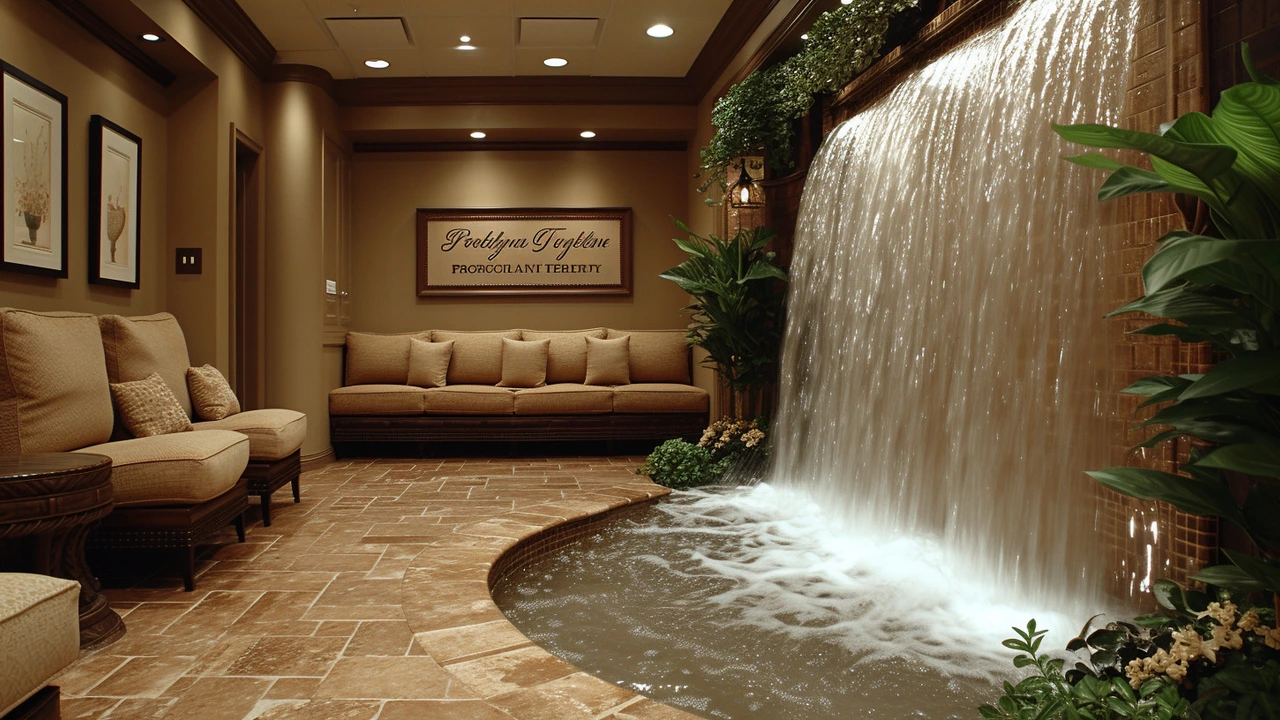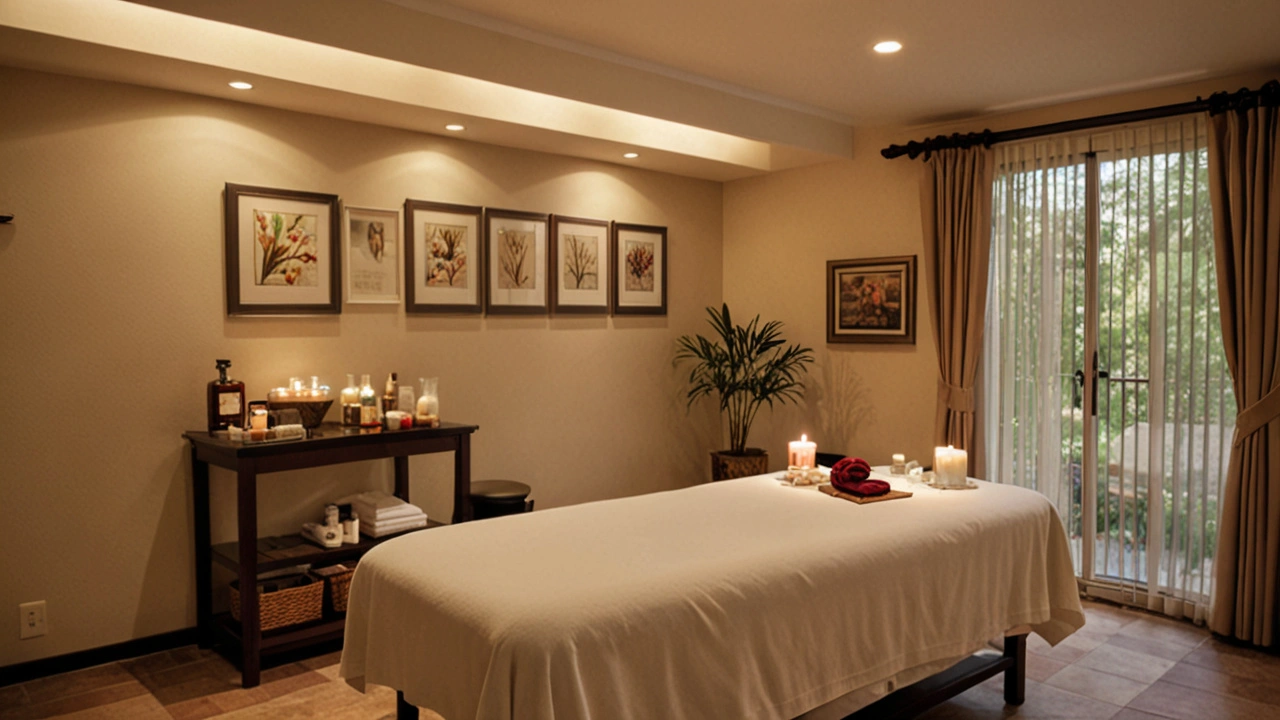Discover the Unmatched Relaxation of Head and Scalp Massage
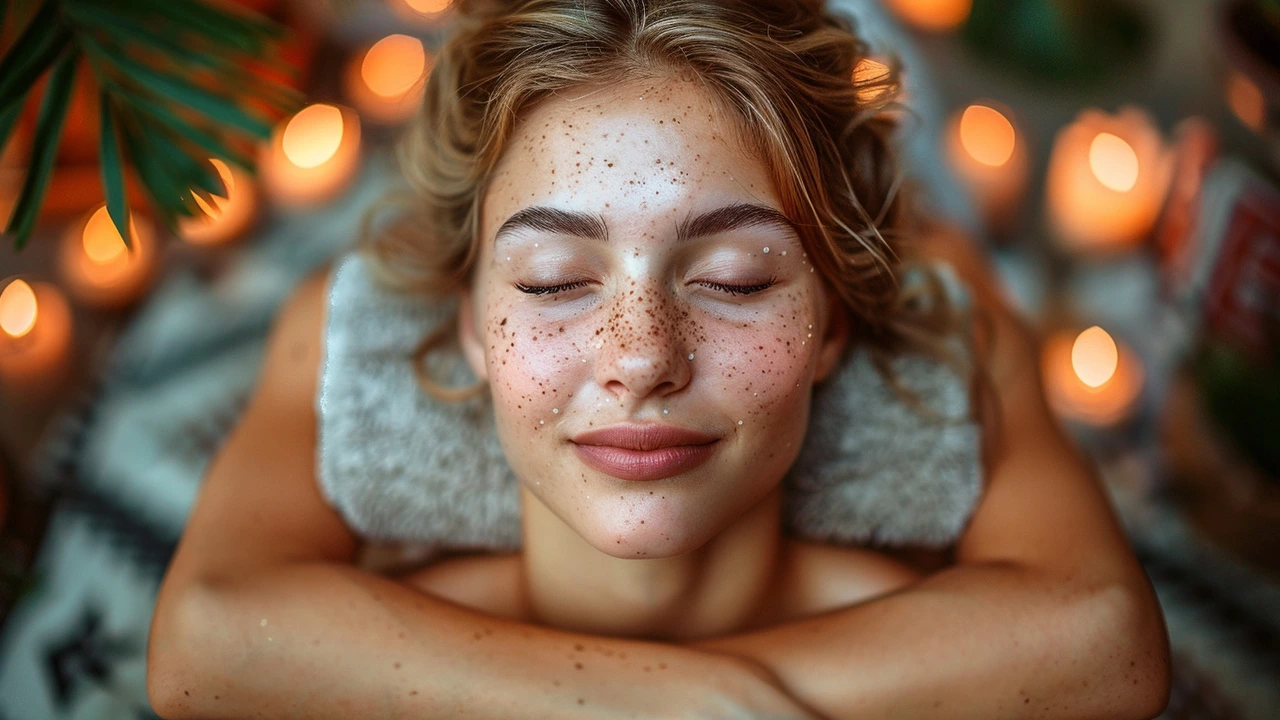
In today's fast-paced world, we are always on the lookout for effective ways to unwind and de-stress. Head and scalp massages have risen to the top of the list as a simple yet incredibly effective method to achieve relaxation.
Imagine the sensation of soothing fingers gliding gently over your scalp, melting away the tension and leaving you in a state of bliss. This technique not only feels amazing but also comes with a host of health benefits that might surprise you.
- Understanding the Basics
- Health Benefits
- Techniques to Try
- Using Oils and Aromatherapy
- DIY vs. Professional Massage
Understanding the Basics
Head and scalp massages are often overlooked, yet they hold an amazing power to reduce stress and boost your mood. It is a technique that has been practiced for centuries across different cultures. From ancient India’s Ayurvedic practices to the modern urban spa, this timeless ritual remains a key player in relaxation therapies.
The scalp contains numerous nerve endings and tiny muscles that can hold an incredible amount of tension. When these areas are gently stimulated, it triggers a release of endorphins, reducing feelings of stress and promoting a sense of well-being. Regular head massages can also improve blood circulation, delivering more oxygen and nutrients to the scalp and hair roots, which can potentially help improve hair health.
Dr. Andrew Weil, a renowned physician, once noted,
“Part of the reason we feel so rejuvenated after a scalp massage is due to the increase of oxygen flow to the brain and the subsequent release of muscle tension and stress.”Beyond the physical benefits, the act of taking a moment for yourself, blocking out the noise and just focusing on the gentle pressure and rhythmic motions, can do wonders for your mental health.
Several studies have shown that head and scalp massages may even help with tension headaches and migraines. The Journal of Physical Therapy Science published a study where participants reported significant relief from headaches after regular scalp massages.
Key Facts About Head and Scalp Massage
The beauty of this practice lies in its simplicity. You don’t need any special tools or products to get started. Just your fingertips and a little bit of enthusiasm can go a long way. However, incorporating certain oils, like lavender or peppermint, can elevate the experience due to their calming and invigorating properties.
Interestingly, scalp massages are not just for stress relief. Regular massages can help you sleep better by creating a routine that signals to your body that it's time to wind down. It also encourages mindfulness, allowing you to reconnect with your body and disengage from the distractions around you.
Some evidence even suggests that scalp massages can contribute to healthier, shinier hair. Encouraging blood flow to the hair follicles can stimulate growth and distribute natural oils more evenly, leaving your locks looking luscious.
| Benefit | Explanation |
|---|---|
| Stress Relief | Releases endorphins and relaxes nerve endings |
| Improved Blood Circulation | Increases oxygen and nutrient flow |
| Better Sleep | Promotes relaxation and mindfulness |
| Healthy Hair | Stimulates growth and distributes natural oils |
In essence, learning to give yourself or others a head and scalp massage can be one of the simplest yet most effective ways to nurture your well-being. By understanding the basics and incorporating this practice into your routine, you're opening the door to a world of relaxation and health benefits.
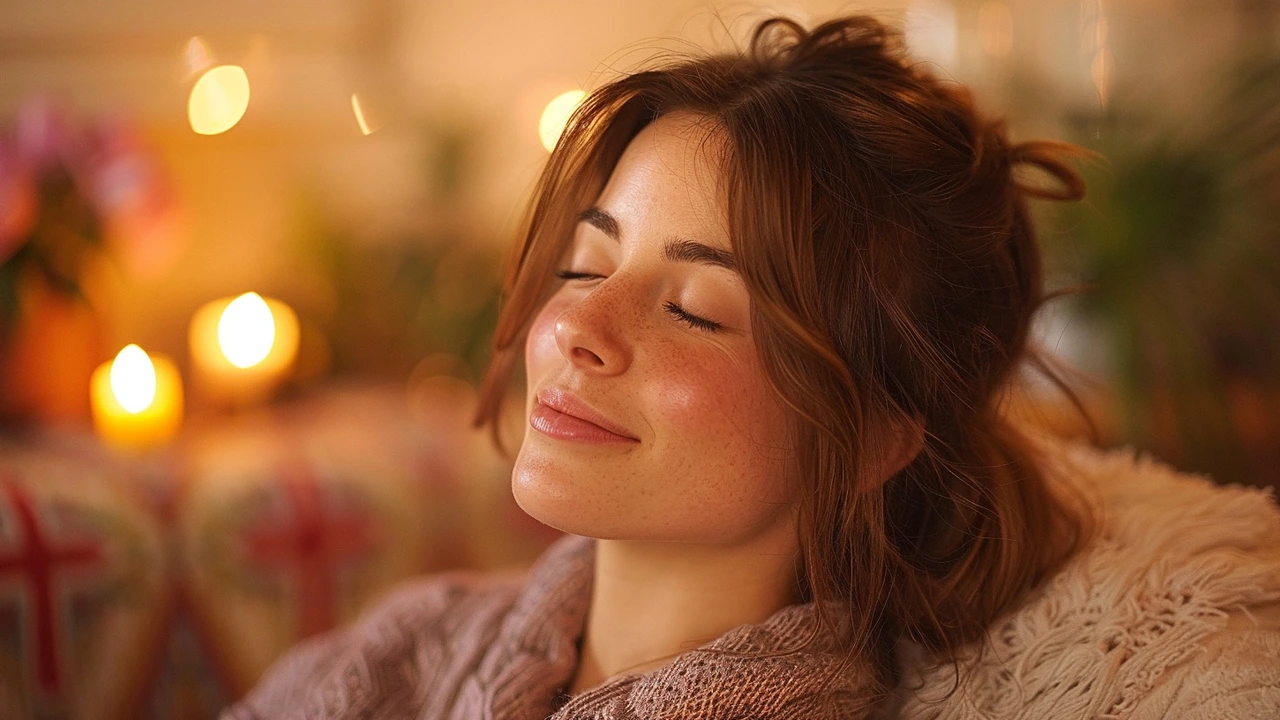
Techniques to Try
When it comes to head and scalp massages, there are a variety of techniques you can experiment with to discover what works best for you. Each method offers unique benefits, whether you’re seeking stress relief, better circulation, or just a moment of peace in your busy day.
One popular technique is the circular motion massage. Using your fingertips, gently apply pressure and move in small circles across your scalp. This method can help stimulate blood flow and relieve tension. Start from your temples, working your way to the crown, then down to the nape of your neck. An added bonus is that this technique can also encourage healthy hair growth by stimulating hair follicles.
Another effective method is the pinch and release. Gently grasp small sections of your scalp between your fingers, give a light pinch, and then release. This motion helps to relax tight muscles and improve circulation. It's a fantastic way to target specific areas where you might feel more tension, such as around the temples or near the occipital ridge at the back of your head.
An often overlooked technique is the tapping massage. Lightly tap your scalp with your fingertips, almost like you’re playing a piano. This can be surprisingly effective at releasing built-up stress and is especially beneficial if you're experiencing a headache or sinus pressure. Tapping can also help to wake you up and make you feel more alert.
"Regular scalp massages can significantly reduce headaches and improve mood by increasing serotonin levels," says a study published in the International Journal of Neuroscience.
Don't forget about the comb technique. Use a wide-tooth comb to lightly run through your hair and gently press against your scalp. This can be a wonderful way to unwind at the end of the day, and the repetitive motion can be almost meditative. Combining this with slow, deep breathing can accentuate the sense of relaxation.
If you're looking to combine massage with aromatherapy, try the oil massage. Select an essential oil such as lavender for calming effects or peppermint for an invigorating sensation. Warm a few drops of the oil between your hands and then use your fingertips to massage it into your scalp, following any of the techniques mentioned above. This can provide additional benefits, such as moisturizing your scalp and leaving your hair smelling lovely.
For a more structured approach, consider following these steps:
- Begin by sitting in a comfortable position. Ensure your back is straight and shoulders relaxed.
- Warm your hands by rubbing them together for a few seconds.
- Start at your temples, applying gentle circular motions with your fingertips.
- Move to the top of your head, continuing the circular motion.
- Focus on the crown area, using both circular and tapping techniques.
- Finish by massaging the nape of your neck and behind your ears.
Experiment with these techniques and mix them up to find your perfect combination. Each session can be a unique experience, and with time, you'll become more attuned to the subtle signals from your scalp and what it needs for optimal relaxation and health.
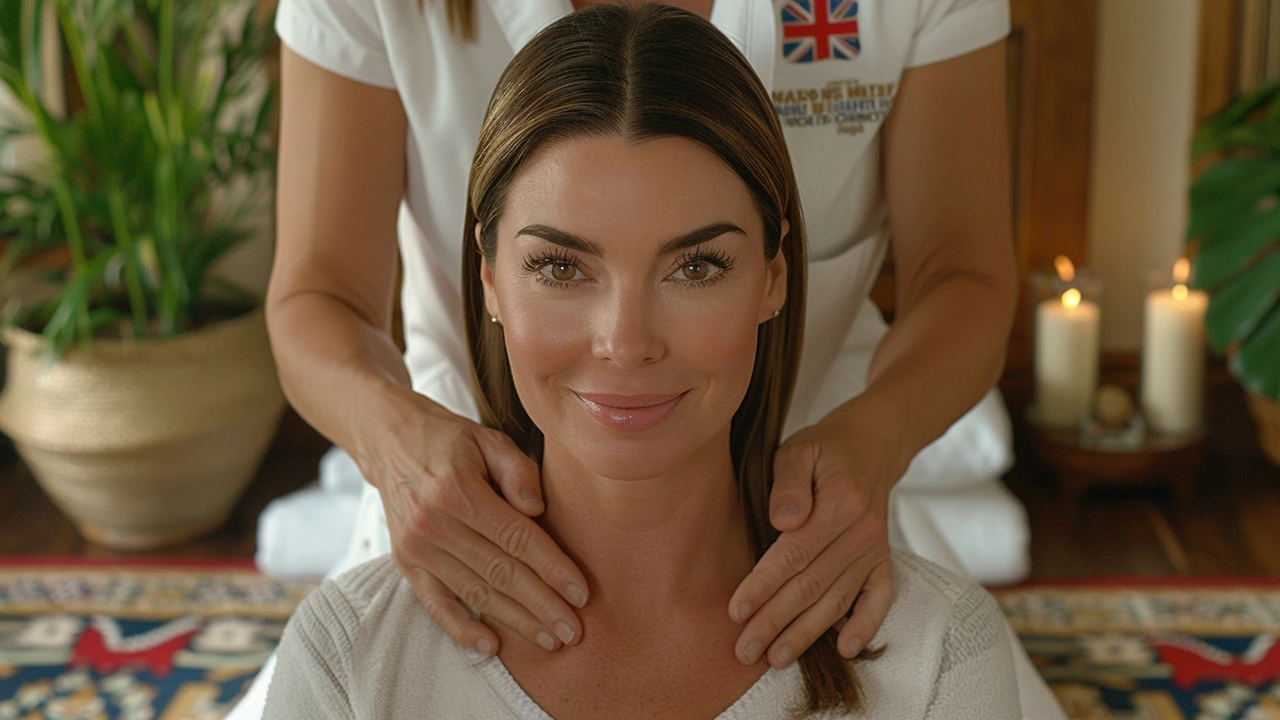
Using Oils and Aromatherapy
The addition of oils and aromatherapy to your head and scalp massage can elevate the experience, transforming a simple routine into a deeply therapeutic session. Aromatic oils have been used for centuries in various cultures, known for their healing properties and ability to soothe the mind and body.
Essential oils like lavender, eucalyptus, and peppermint are popular choices for scalp massages. These oils not only leave a pleasant fragrance but also have specific benefits. For example, lavender oil is renowned for its calming effects, helping reduce anxiety and promote better sleep. Eucalyptus oil, on the other hand, has antibacterial properties and is great for respiratory health. Peppermint oil can be invigorating and is often used to stimulate circulation and relieve headaches.
To use these oils, mix a few drops with a carrier oil like jojoba or coconut oil to prevent skin irritation. The ratio should typically be about five drops of essential oil to one tablespoon of carrier oil. Rub the mixture between your palms to warm it up before applying it to your scalp. Use gentle, circular motions to massage it in, allowing the oils to deeply penetrate the scalp and hair.
Incorporating aromatherapy can also enhance the overall ambience of your massage session. Light a diffuser with your chosen essential oil or sprinkle a few drops on a cotton ball placed nearby. The soothing scents work in tandem with the physical massage to relax your mind, reduce stress, and improve your overall mood.
The benefits of combining oils and aromatherapy with scalp massages are supported by various studies. According to a research article in the International Journal of Neuroscience, aromatherapy with essential oils can effectively reduce anxiety and stress levels.
"Aromatherapy is a simple and relatively inexpensive technique that can be used by anyone to improve mood and wellbeing," notes the study.While the scientific community continues to explore these benefits, many people have already embraced this practice with positive results.
Not only do these oils offer physical benefits, but they also make the massage more enjoyable. The pleasant scents and the soothing sensation of oils on the scalp can turn a routine massage into a luxurious self-care ritual. So, next time you plan a head massage, consider adding a touch of essential oils and aromatherapy to create a truly relaxing and rejuvenating experience.
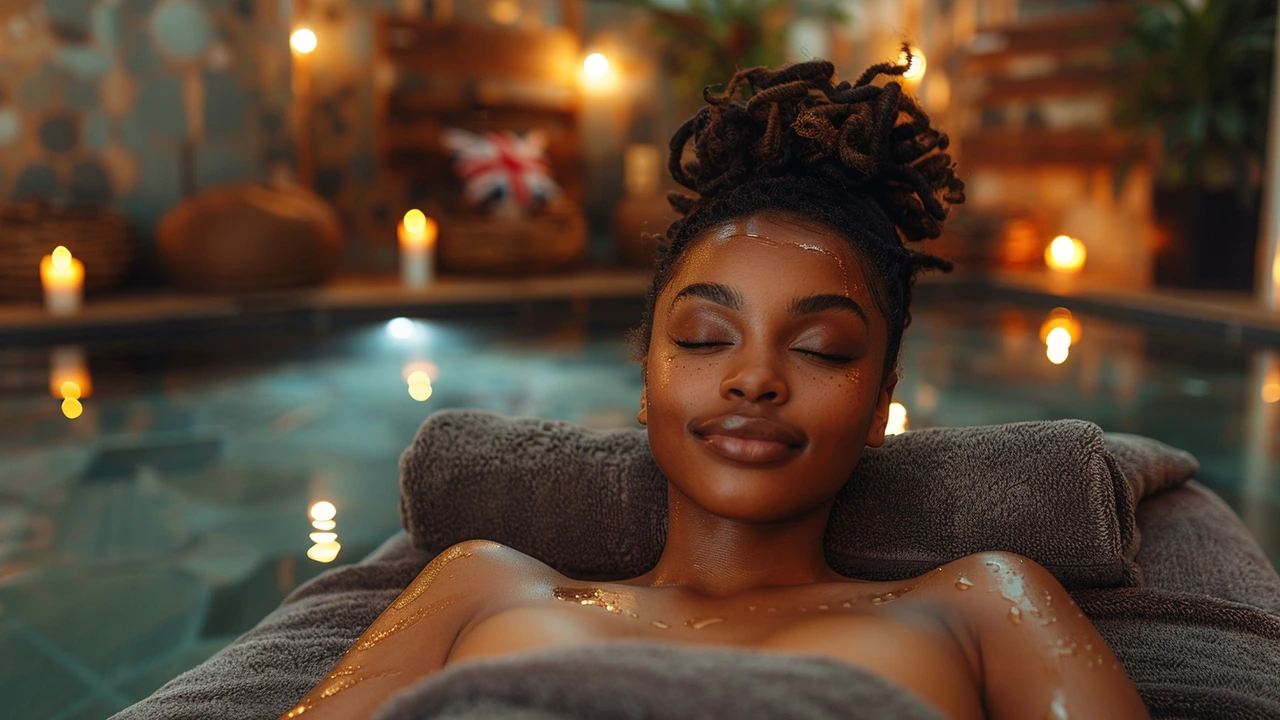
DIY vs. Professional Massage
When it comes to head and scalp massages, deciding between a do-it-yourself approach and booking a professional can be tricky. Both methods have their benefits and choosing one over the other depends on personal preferences, needs, and circumstances.
Let’s start with DIY head and scalp massages. One of the most significant advantages of performing these massages yourself is convenience. You can indulge in a relaxing session anytime, anywhere, without needing to make an appointment. It’s also cost-effective; with a few simple tools and the right technique, you can enjoy the same benefits at home without spending money on a professional service. Another perk is control. You decide the intensity, duration, and focus areas, ensuring a tailored experience that meets your specific needs.
DIY massages might seem daunting at first, but with a little practice, anyone can become proficient. Start by using your fingertips in circular motions around the scalp, working from the front to the back. Pay attention to any spots that feel particularly tense, applying gentle yet firm pressure. Adding essential oils like lavender or peppermint can enhance the experience by providing added relaxation and stimulating blood flow. Head and scalp massages are an excellent way to unwind after a long day or prepare yourself for a restful sleep.
On the other hand, professional head and scalp massages bring expertise into the equation. Massage therapists are trained to locate and alleviate tension points you might miss. They understand how to manipulate muscles and improve circulation effectively, providing a deeper and more comprehensive relaxation experience. Professionals also often incorporate other soothing elements like heated towels, aromatherapy, and calming music to enhance the overall ambiance and effectiveness of the session.
Moreover, professional massages can be part of a holistic approach to health and wellness. Regular sessions might help address chronic headache issues, reduce stress levels, and improve mental health.
Dr. Sarah Johnson, a renowned massage therapist, says, “A professional massage not only targets physical tensions but also helps to balance emotional and mental well-being.”However, these benefits come at a cost, both in terms of money and time. Regular visits to a massage therapist might not fit everyone’s budget or schedule.
So which one is better? It depends. If you’re looking for a quick, cost-effective way to relax and have the flexibility to fit it into your routine, a DIY head and scalp massage is ideal. For those seeking a more immersive, expertly tailored experience and willing to spend extra, professional massages are exceptional. You can even incorporate both into your routine: using DIY methods for everyday relaxation and treating yourself to professional sessions for a special, deeper relaxation benefit. Ultimately, the best option is the one that suits your lifestyle and helps you achieve the relaxation and health benefits you seek.

